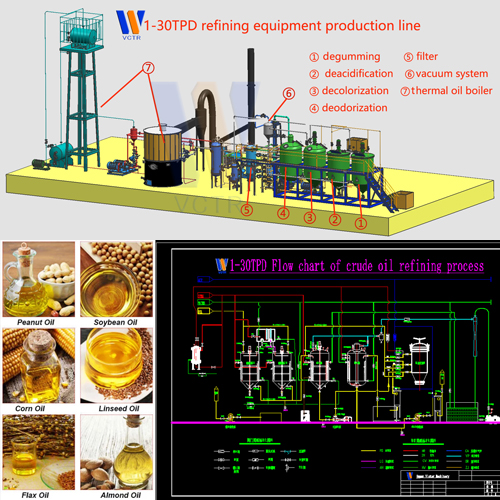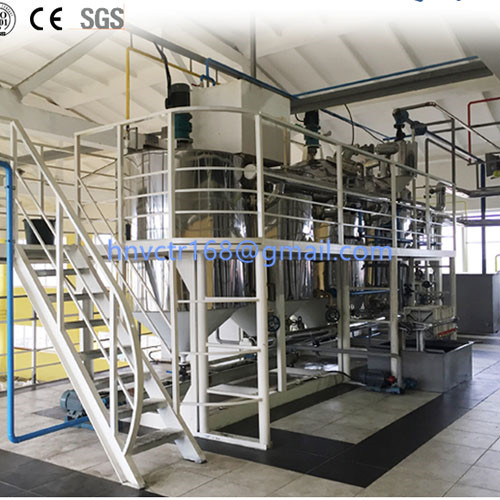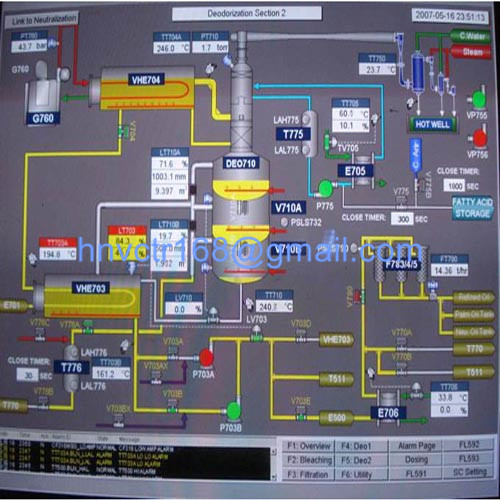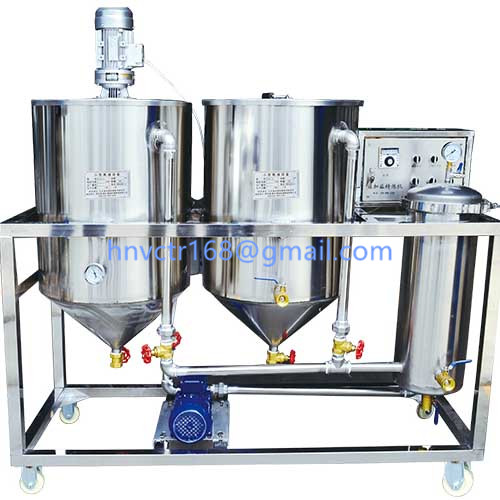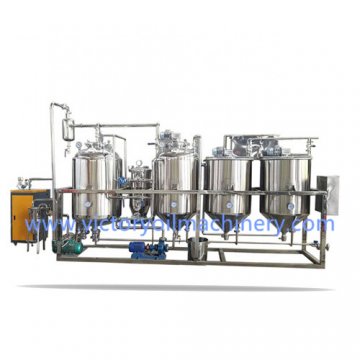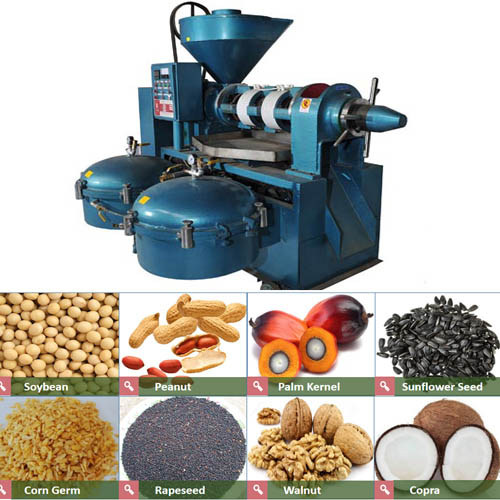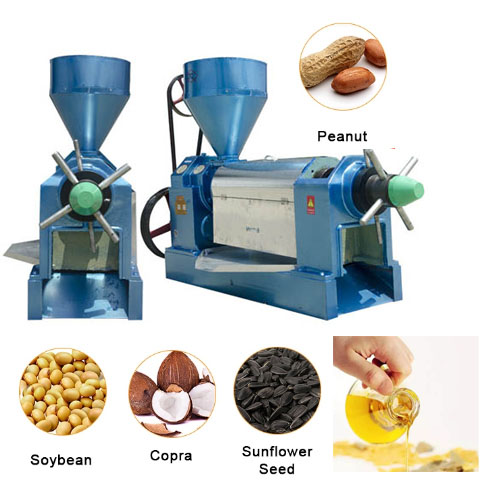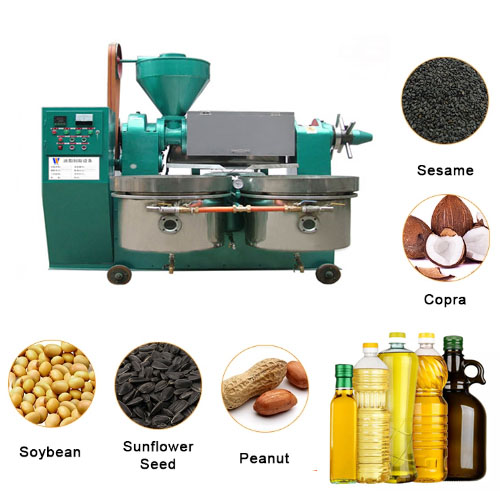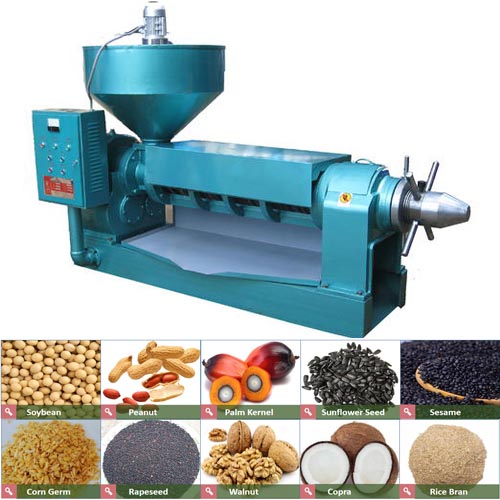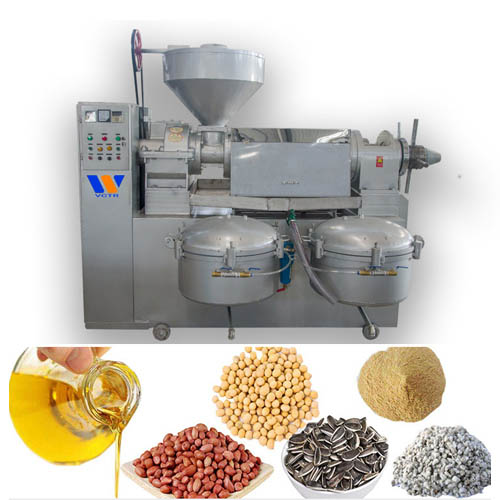Sesame oil ≠Ground sesame seed oil
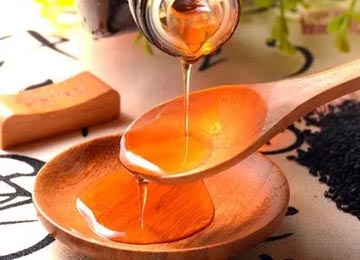
When we go to the supermarket to buy sesame oil, we often encounter shopping guides recommending "ground sesame seed oil", saying that it uses the "water substitution method" and the fragrance is stronger. What does "water substitution method" mean, and what is the difference between the sesame oil produced and ordinary sesame oil?
There are usually two methods to separate oil from oil seeds: one is "pressing", which applies high pressure to the oil seeds to "press" the oil out; the other is "solvent extraction", which uses a solvent to soak the broken raw materials. The oil is "extracted" into the solvent and then separated. The former is called "pressed oil" and the latter is called "extraction oil". The earliest record of consuming sesame oil in my country was in the Jin Dynasty 1600 years ago. For more than a thousand years, both sesame oil and ground sesame seed oil have been pressed out.
The appearance of "ground sesame seed oil" may only have a history of a few hundred years. The key to it is "stone milling" and "water substitution method". The roasted sesame seeds are ground into a "sesame paste" with a stone mill. The paste produced by this method is different from the sesame paste bought directly. The direct-bought paste is fried on a low fire, and it is hoped that the oil does not leak out as much as possible; the sesame paste for extracting sesame oil needs to let the oil out as much as possible, and the high temperature is as high as possible without frying. After grinding the sesame seeds into paste, the oil is also ground out, but it is basically absorbed by the "oil residue" formed by protein starch and fiber.
The ingenuity of the "Water Substitution Method" is that the use of "oil residue" prefers the characteristics of combining water and not oil. By adding water and stirring constantly, the oil residue can absorb water as much as possible. Whether it is protein or dietary fiber, it can absorb water several times its own. Therefore, at the beginning, keep adding water and stirring constantly, the sesame paste will become thicker and thicker.
Until the oil residue is full of water, the added water can fill the gaps between the oil residue particles and make the sesame paste thin. When these solid oil residues have absorbed enough water and are unable to absorb oil anymore, the oil will be "replaced". Oil and water are incompatible with each other, and oil is lighter than water, so it separates and floats to the upper layer, which can be "skimmed" out to become sesame oil.
High-temperature pressing may cause some impurities to be oxidized or enter the oil, which will have a certain impact on the flavor. The "water substitution method" from stone grinding to adding water, the temperature is relatively low, and relatively few impurities enter the oil, so the fragrance is more "pure". It can be seen that only the sesame oil produced by the "water substitution method" is a "ground sesame seed oil".
It should be noted that sesame oil and ground sesame seed oil are not the same concept. The oil produced from sesame seeds is called sesame oil, but only the sesame oil produced from sesame seeds roasted at a high temperature is called ground sesame seed oil.
Chinese version of information sources: China Oils. Compile: Henan Victor Machinery Equipment Co. , Ltd.

